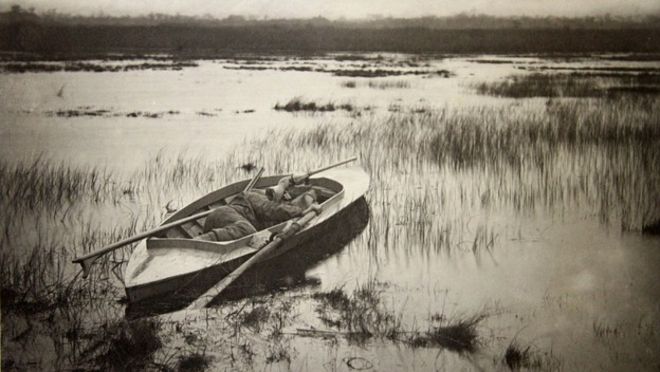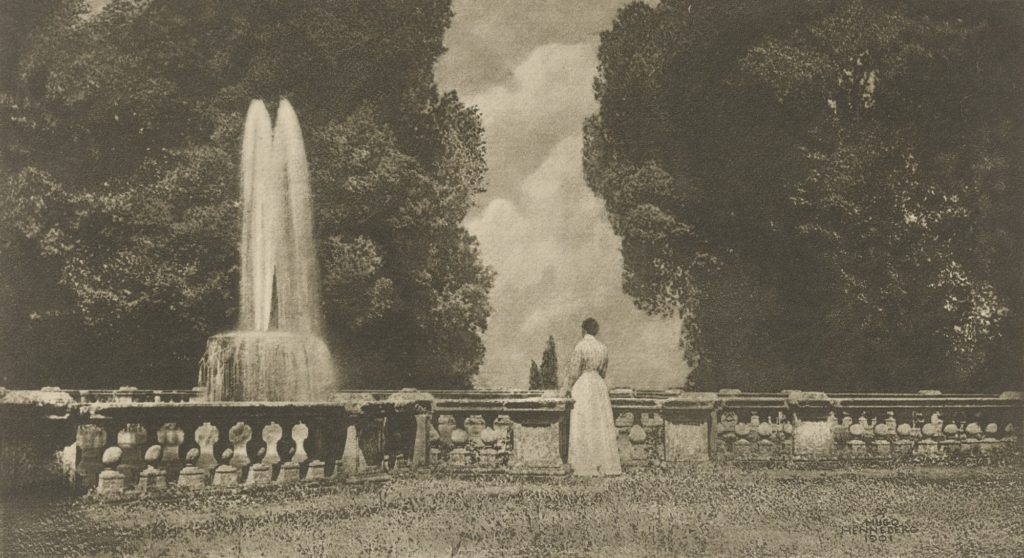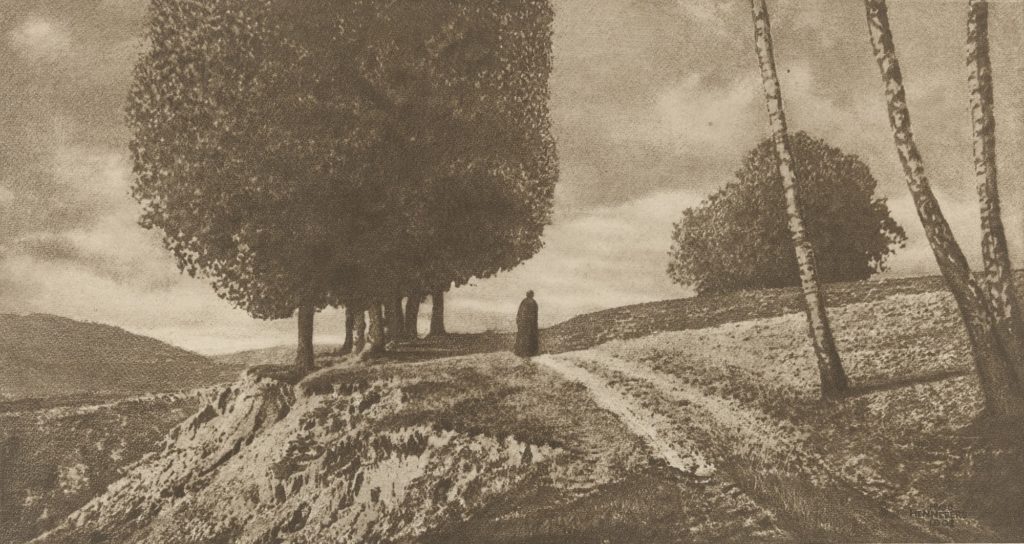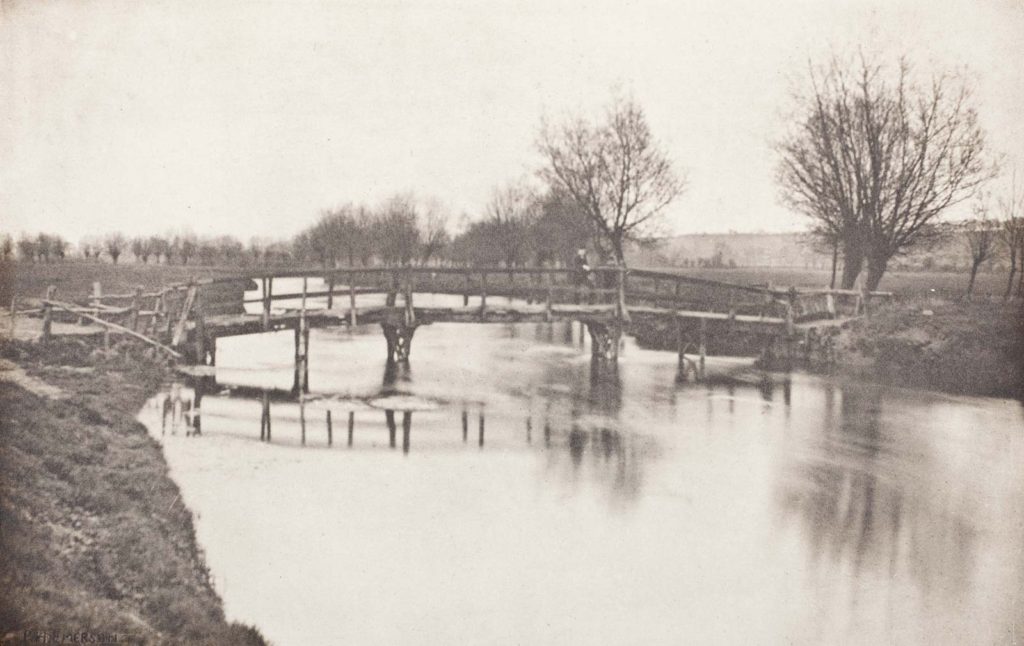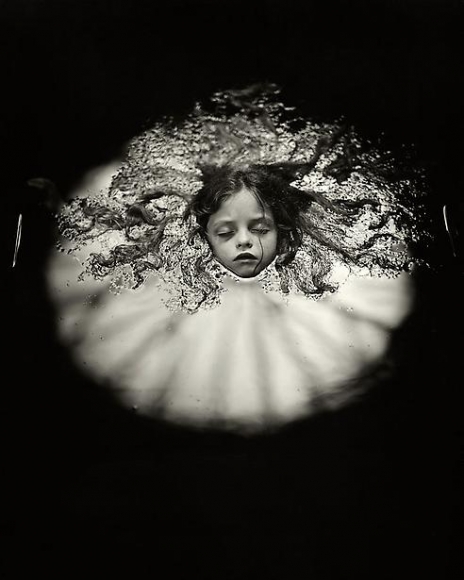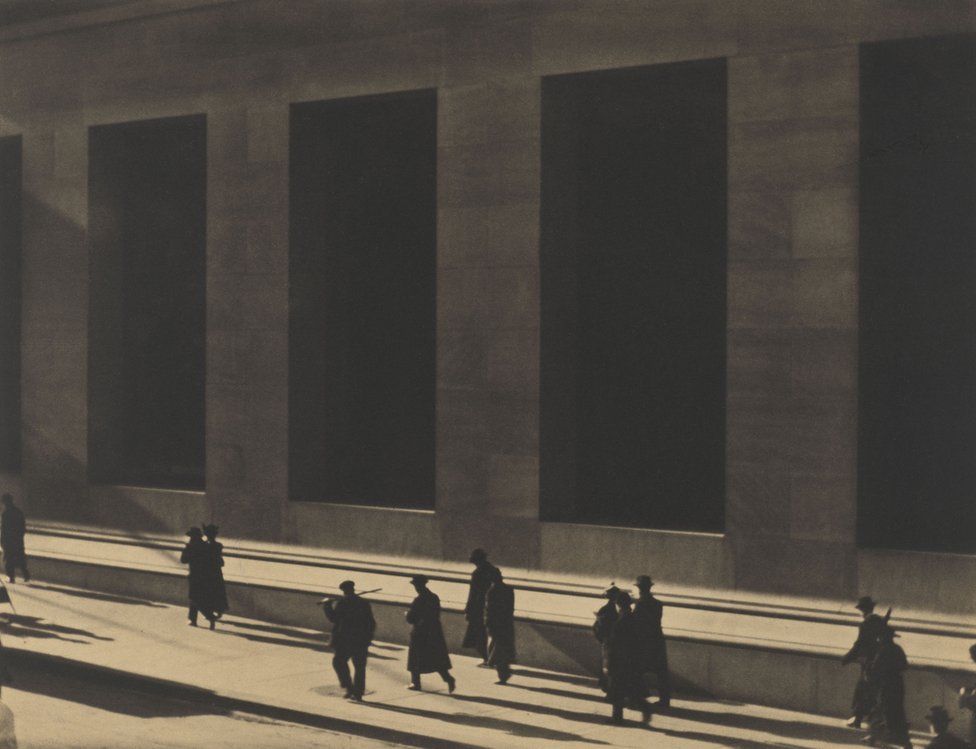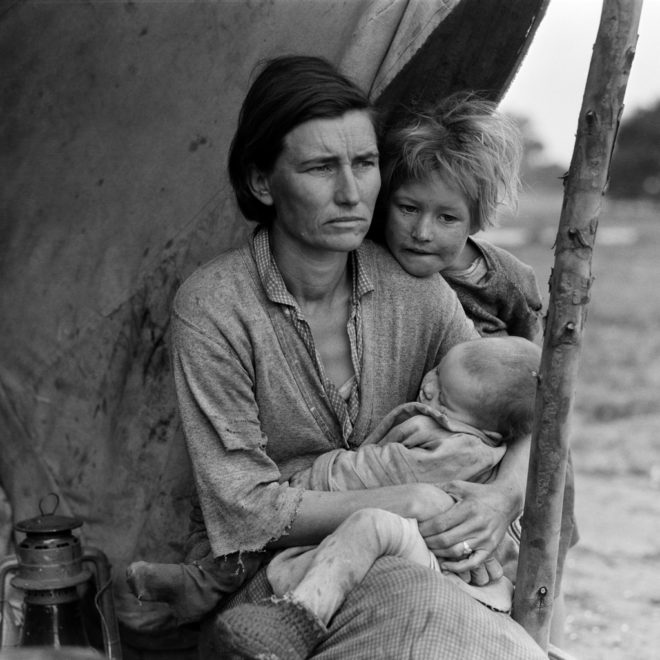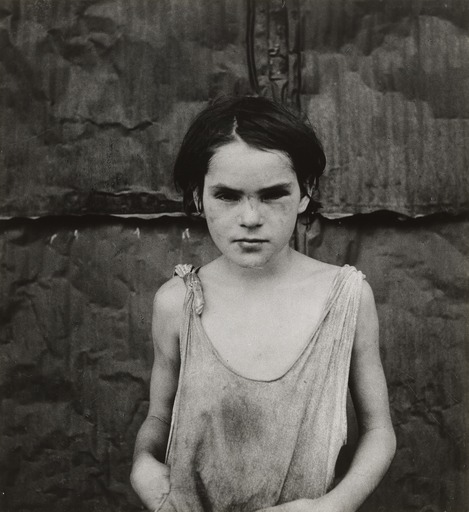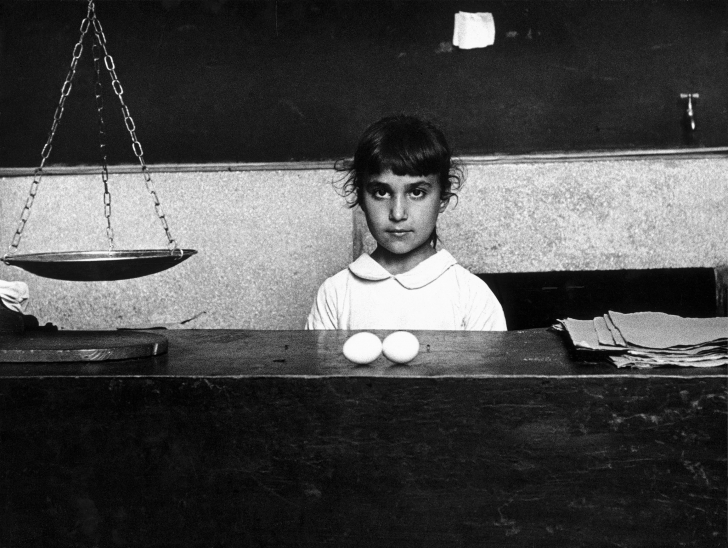PICTORIALISM
Time period:
- 1880s-1920s
Key characteristics/ conventions:
- In 1839 photography first created in order to objectively present subjects scientifically.
- Fixing images onto objects, highly scientific, not heavily considered as an art until pictorialism was presented.
- Photography was considered too easy to be considered a form of art.
- They wanted to make photographs look like paintings and drawings to penetrate the art world, which juxtaposes original purpose for photographs.
- Experimenting with chemicals in the dark room, and placing Vaseline on the lens.
- Highly romantacised landscapes
- Allegorical painting influenced pictorialism
- Looks at story/parable of figures in a landscape informing us of ways to live out lives – acts as a teaching for viewers. (similar subject matter)
- Male photographer emphasised erotic aspects of images, female subjects.
- Began staging scenes which influenced Tableuax
Artists associated:
- Julia Margaret Cameron (1815-1879)
- Used family as subject matter in their natural environment.
- Imagery is dream like, symbolic, wings, long hair etc.
- Peter Henry Emerson (1898)
- ‘Naturalistic Photography’
- The Vienna Camera Club (Austrian Group)
- Hugo Henneberg
- Heinrich Kuhn
- Hans Watcek
- The Brotherhood of the Linked Ring (London
- George Davidson
- Photo-Secession (New York)
- Sall Mann – Modern Day
- Still captures in this style of photography.
Key works:
Methods/ techniques/ processes:
- Experimenting with chemicals in the dark room, and placing Vaseline on the lens.
REALISM / STRAIGHT PHOTOGRAPHY
Time period:
- Emerged in 1840, and was created to showcase photography did have to be like a drawing or painting.
Key characteristics/ conventions:
- Creating photographs which retaliate with pictorialism, and shows real life.
- Creating detailed, shape, images
- Capturing the world we live in, bringing up issues within society during that time period.
- Social Reform – Thought their images could impact and change the lives of the subject.
- This influenced the movement of photo journalism and documentary photography
Artists associated:
- Walker Evans (1903-1975)
- Captures the lives of family who travelled from farm to farm due to forced labour.
- During the Great Depression
- Documentary of the family – first photo-book which showcases a narrative
- Captures the lives of family who travelled from farm to farm due to forced labour.
- Paul Strand
- Dorothea Lange – Social Reform
- Thought their images could impact and change the lives of the subject.
Key works:
Methods/ techniques/ processes:
- Capturing the world how it is.
- Using the original processes of photography to produce sharp, detailed outcomes.

